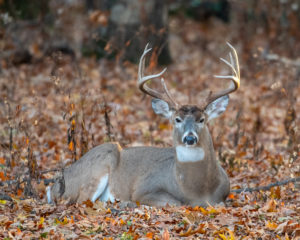Picture this: you, your firearm, and the challenge of a lifetime as you embark on a quest to bag the big one—no, scratch that—the colossal thirty-point buck. And you’re the lucky hunter that harvests this legendary buck. But now what? Do you send it off to the processor after many photos to brag to your friends? Well why not process the deer yourself. Processing your own deer, from field to table, can be a rewarding and fulfilling experience for many hunters.
Emily Iehl, hunting and shooting sports program specialist for the Wisconsin Department of Natural Resources says, “beyond the satisfaction of completing the entire journey of harvesting an animal, there are numerous benefits, ranging from cost-effectiveness to the respect shown towards the animal.”
Many individuals find joy in dedicating time and effort to process their own deer. From scouting and harvesting to transforming the animal into table-ready cuts stored in the freezer, the process is a blend of skill, dedication, and respect for the game.
Deer processing workshops organized by the Department of Natural Resources (DNR) have garnered significant interest. The workshops cater to a diverse audience, ranging from seasoned hunters to novice individuals eager to learn the entire process.
“With hunting conditions varying, hunters face challenges in ensuring that harvested deer don’t spoil, especially on warmer days,” explains Iehl. “Swift field dressing and cooling techniques, such as hanging the deer and using ice, are crucial to maintaining meat quality.”
The actual processing involves several steps, starting with field dressing and hanging the deer to facilitate cooling. Careful skinning, removing lower legs, extracting tenderloins and back straps, and trimming the shoulders and hindquarters follow. Efficient packaging, whether using saran wrap, butcher paper, ziploc bags, or a vacuum sealer, is key to preserving the meat and preventing freezer burn.


